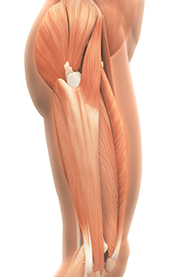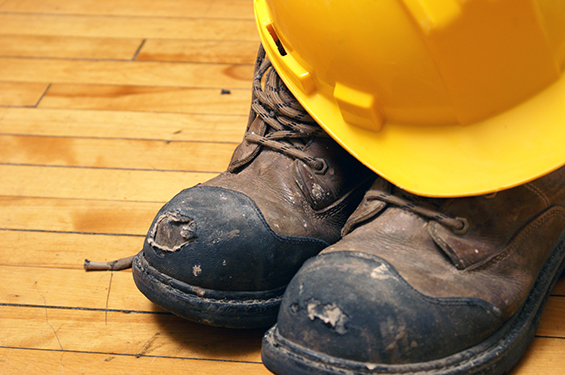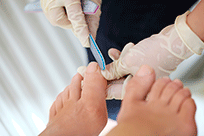 Iliotibial Band Syndrome or commonly known as IT-band syndrome is a chronic medical condition that stems from the hip, down to the knee and even affect the feet.
Iliotibial Band Syndrome or commonly known as IT-band syndrome is a chronic medical condition that stems from the hip, down to the knee and even affect the feet.
Let’s look at the anatomy first. The origin, or where the iliotibial band stems from is the top of the hip to the outside or lateral part of the knee. It is there to help movement and stabilize the knee.
It is also one of the hardest chronic injuries to treat. This area keeps getting used in everything that we do, namely even walking.
This injury is most common in overuse situations like my avid runners who have increased their activity too fast and too strenuously. Namely…my “weekend warriors”. However, it can hit any of us if we have naturally tight muscles and we go for a simple walk and strain it. That’s how annoyingly easy to injure or inflame this area.
In a runner’s case, I had a patient who was not a regular runner. He was a fit man who played sports often. He decided to participate in a 10K charity fun run. This seems rather normal for a fit young man but he came back with seething lateral (outside ankle pain). A clinician would normally assume he had injured his ankle but there was no trauma to it. Just repetitive stress. Upon examination, and history taking, he has had chronic tightness in his upper legs and especially the gluteal muscle. He has also a history of knee pain on the outside of the same leg. A simple test of stretching the IT-band for him clearly showed a very tight IT-band. He had Iliotibial band syndrome. This affected his foot/ankle complex because the feet have to compensate to balance the hip and the knee from the IT-band being too tight. This is a classic case of “chicken and the egg”. The feet affect the hip but the hip also affects the feet. In this case, the ankle.
Another case I am thinking about is an older man who has a lot of chronic pain. He has hip pain, knee pain and very flat feet. Like I mentioned earlier, IT-band syndrome comes from sudden and strenuous exercise. It certainly was the case for the young man who was an avid sports enthusiast but in this case, it’s relative. This older gentleman simply injured the area from walking too long and too fast. He wasn’t running or participating in any sports but a simple walk did it. This is frustrating for my older population but remember it can happen to somebody younger as well. It’s all about activity level. Now the area affected is once again affected by his surrounding injuries. Chronic tightness of the hip, knee and even foot muscles all contribute as the IT-band area is right in the middle. If you had pain in and around all these areas, naturally the muscles are going to be tight. Chronic tight muscles is a precursor to injury. That is a fact.
What Should You Do
So stretch your leg muscles. I always incorporate leg muscle stretching with all my treatment plans because as mentioned above, your foot problems come from the legs and the leg problems come from the feet. We have to treat the entire area to create a lasting and effective treatment plan.
Main areas to focus when stretching for the IT-band are the gluteal muscles (piriformis stretch). The hamstrings are also important but never leave out the calves. Of course there is also specific IT-band stretches but no matter what you do, conduct them gently so that you don’t injure yourself stretching. I am often reminded what my pharmacology instructor used to say about medication and it applies to exercise. “Start low and go slow”. It will create a better habit but most importantly, you will live another day to exercise.
Do you believe you may be suffering from iliobitial band syndrome? Contact me or visit one of the Comfort Stride clinics and schedule an appointment today!






